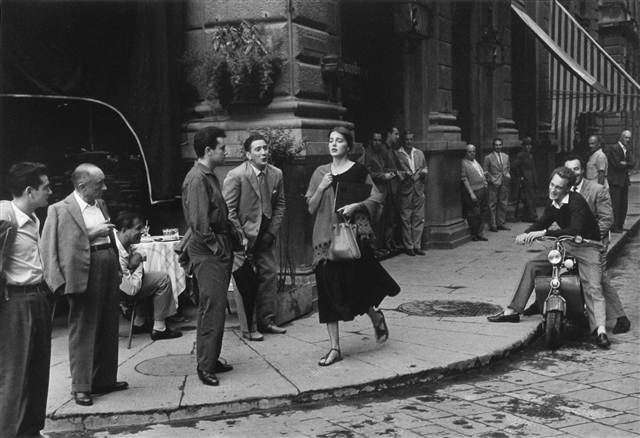“Hey Laaaaddyyyyyy!”
The famous line, uttered by Jerry Lewis, is that one cliché of the “catcall” that few think inappropriate. From the comedic legend; it’s nostalgic, even endearing. But catcalling has been getting a pretty serious look lately.
Like so many of our strange social customs, the catcall has its own history.
The term was believed to be first used in the 17th century when audience members would make a hissing or shrieking sound (like a feral cat) as an act of derision to a performer on stage. The “catcall” eventually became synonymous with the term “wolf whistle,” evolving into its current use by association. Its etymological companion, the “wolf whistle”, had nautical roots: captains would get the attention of their sailors through the piercing two-toned sound. It is thought that this progressed into sailors using it to signal each other, most notably when ashore and seeing a woman pass by. Civilians then adopted this code into mainstream culture, and here we are today.
And that’s exactly the problem: Catcalling has become mainstream and, for years, part of what Hollaback! declares a “culture of sexism”. Hollaback! focuses on the negative impact of street harassment and was recently approached by Rob Bliss, who wanted to create a film depicting the daily onslaught of street harassment experienced by women. The resulting viral video (made with girlfriend, Shoshana B. Roberts) shows a woman walking and, over the course of 10 hours, being verbally harassed or intimidated 108 times. Since 10 Hours of Walking in NYC as a Woman was first posted October of last year, it has received close to 40 million views.
As I watched the video, I was only shocked by the fact that street harassment is only just now being discussed as a problem. For decades, I’ve just accepted that jeers, whistles, and unsolicited comments like “Smile, beautiful!” are part of my unchangeable urban landscape – like potholes and traffic.
Jerry Lewis was a clown. So maybe we should start tossing red noses out to every perpetrator of this weird custom.
But when you get to the heart of the catcall, it’s just an unfiltered and juvenile demand. What if we all started using this lazy tactic to seriously attempt to get what we want? Would you see a group of teens shouting at a pizza delivery car on route: “Hey baby, I know you gonna give me a slice!”? What about a young mom hollering at the TTC from a non-streetcar stop, “Hold up awhile, what’s the rush?!”? What if I just loitered outside of my RBC branch building and smirked, and leered, and made weird kissey sounds to the tellers inside? Do you think they’d increase my line of credit or give me a better client package?
So why does this tactic make any sense to any part of our population?
I have never known any one of my female friends to say something like, “It was sooo cute the way he followed me out of the subway and ALL the way to my house. You think he’s single?!” In fact, save for the NY Post’s Doree Lewak (famed and shamed for her opinion on this topic), I don’t know a single woman who likes being catcalled. It’s not because they’re ‘prudish’, ‘stuck up’ or fail to see the opportunity for ‘sexual empowerment,’ but rather, they’re tired. The daily grind of unsolicited comments is exhausting, and no matter what some guys say their intentions may be, it does not make us feel beautiful, or special, but rather objectified and second-class.
As a suggestion to those who would catcall a woman, think twice. Your remarks are not all the ‘adorning pearls’ you think they are. If you really want to make a woman feel beautiful, look her in the eyes respectfully and speak your truth simply without any expectation in return. Unless it’s the sixties, and you’re miraculously making the “cross-eyed look” charming, drop the Jerry Lewis impressions on the street and talk to a lady like she is one.




 Follow Us On Instagram
Follow Us On Instagram
